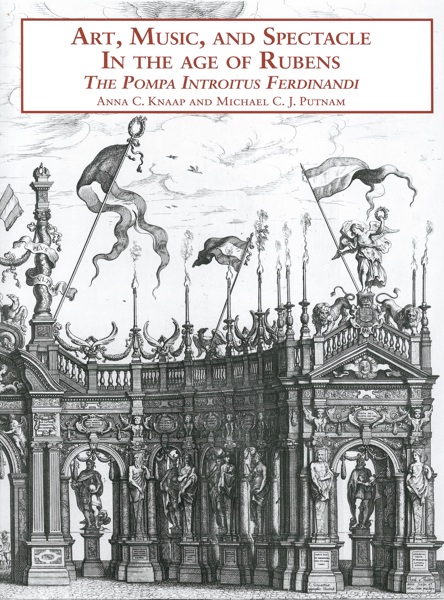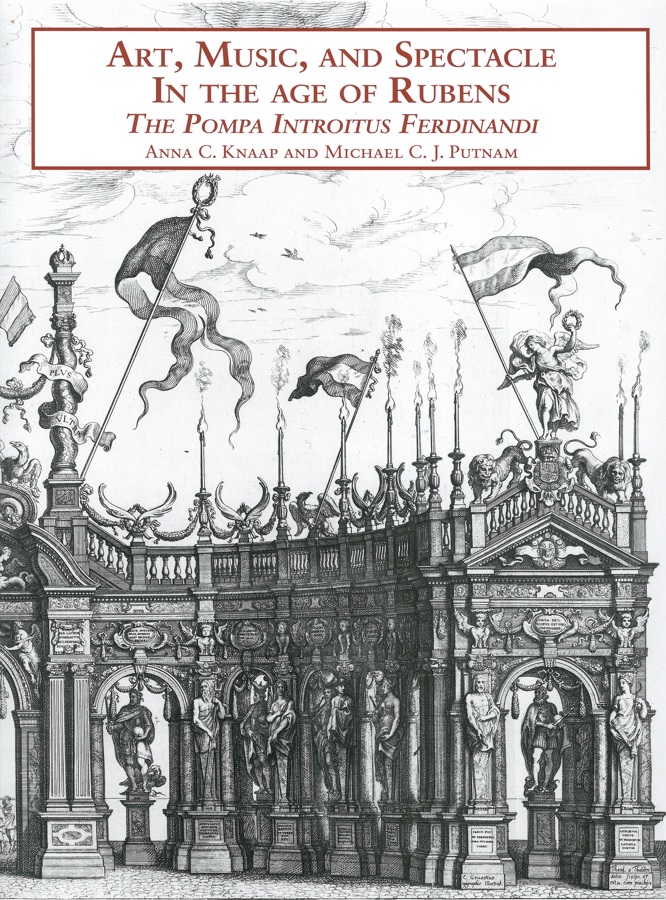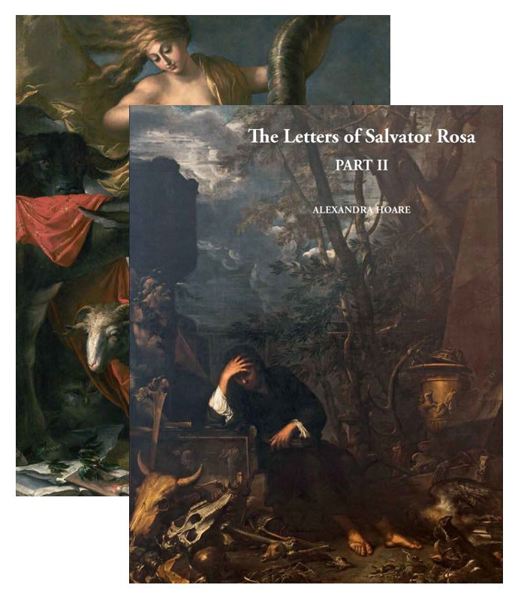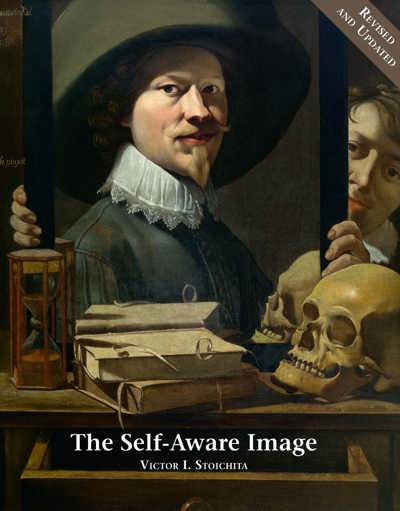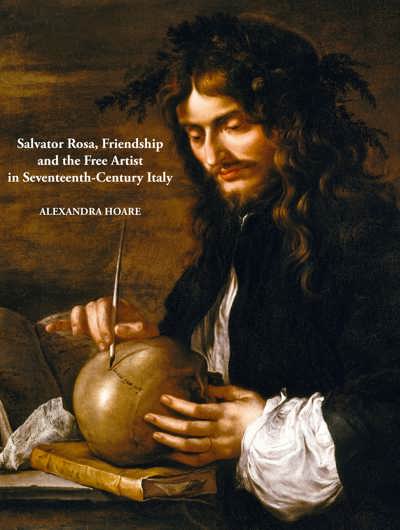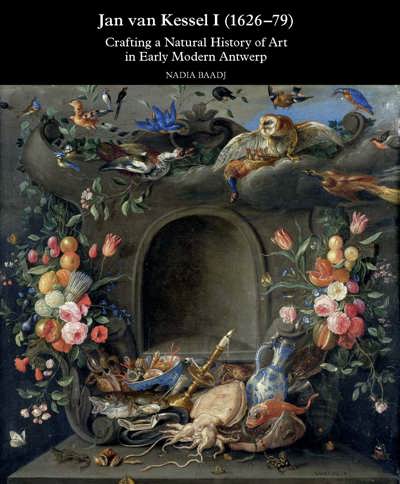
Art, Music and Spectacle in the Age of Rubens
Antien Knaap, Michael Putnam (eds)
- Pages: 351 p.
- Size:210 x 280 mm
- Illustrations:203 b/w, 35 col.
- Language(s):English
- Publication Year:2014
- € 150,00 EXCL. VAT RETAIL PRICE
- ISBN: 978-1-905375-83-7
- Hardback
- Available
This volume presents an interdisciplinary study of the triumphal entry of the Cardinal-Infante Ferdinand into Antwerp in 1635, and pays special attention to Rubens’s monumental arches and oil sketches that ornamented the entry.
"(...) All who are interested in Rubens and this sophisticated and learned multi-media project will find much serious yet also provocative scholarship in this important volume. To Knaap and Putnam and the contributors we owe "spectacular" thanks." (Larry Silver, in: Historians of Netherlandish Art - Review of Books, September 2014, http://www.hnanews.org/hna/bookreview/current/vl_pompa0914.html)
"À un moment où la recherche académique affine et précise ses analyses des fêtes et cérémonies au début de l'époque moderne, ce livre, monographie d'une fête exceptionnelle, propose un panorama très complet et très stimulant." (dans: Bulletin de la Société Française d'Étude du Seizième Siècle, n° 80, décembre 2014, p. 29)
"This is a learned and beautiful book about an older, equally learned and beautiful book, the Pompa Introitus Ferdinandi (...)" (Joseph Connors: in: Renaissance Quarterly, vol. 68, Spring 2015)
"Abschlieβend lässt sich sagen, dass Anna C. Knaap und Michael C. J. Putnam gemeinsam mit ihren neun Autoren einen Sammelband zusammengetragen haben, der einen aktuellen Zugang zu Rubens' Pompa Introitus Ferdinandi bietet." (Ivo Raband, in: Journal für Kunstgeschichte, 19.3, 2015, p. 245-254)
"The interdisciplinary nature of this volume makes it an important study in the history of the early modern Netherlands. The essays allow the reader to look at the entry anew, as well as at Antwerp's place in the changing political, economic, and artistic landscape of the region in the late sixteenth and seventeenth centuries. Although Rubens is not the focus of the book, the extraordinary extent of his artistic and intellectual contributions pervades its chapters in ways big and small. The artist played a significant role in reinventing the triumphal entry in his Antwerp context, and this book, too, refines our understanding of this historical moment, fittingly celebrating its subject." (Lara Yeager-Crasselt, in: Sixteenth Century Journal XLVI/3, 2015, p. 704-705)
"(...) this elegant, well-illustrated volume, augmented by an impressive bibliography, provides a good overview, novel approaches and interesting new information (...)" (Gregory Martin, in: The Burlington Magazine, Febr. 2017, CLIX, p. 136)
This volume deals with the triumphal entry of the Cardinal-Infante Ferdinand, brother of King Philip IV of Spain, into Antwerp in 1635, one of the largest and most spectacular festivals ever mounted in an early modern city. The outdoor festivities in honor of the city’s new governor included a citywide procession, performances, fireworks, music, and political speeches. Along the processional route appeared nine richly ornamented stages and arches designed by Peter Paul Rubens and executed by a group of local painters and sculptors, including Jacob Jordaens, Theodoor van Thulden, and Jan van den Hoecke. To commemorate the event, the city commissioned a lavish festival book, entitled the Pompa Introitus Ferdinandi (1641), which contains learned commentaries by Jan Gaspar Gevaerts, a city official and Latinist, as well as folio engravings by Theodoor van Thulden after Rubens's stages. More than a simple description of the event, Gevaerts’ volume offers a rich compilation of references to ancient writers and reproductions of ancient coins.While most literature on the subject has focused on Rubens’s nine monumental arches and his twelve preparatory oil sketches for the designs, this volume will examine the entry and its accompanying festival book as a whole. A group of highly distinguished specialists from different disciplines will discuss the entry and Gevaerts’ book from a myriad of viewpoints, including art, architecture, music, theater, history, politics, classical knowledge, and economic and intellectual networks. It is the first time that the entry will be examined from a truly interdisciplinary perspective. The book draws on a wide variety of primary sources, including Rubens’s preparatory oil sketches, Gevaerts’ festival book, pamphlets describing the entry, and political songs from the period.
Introduction: Anna C. Knaap, Emmanuel College, Boston
Part I: Historical Background and Intellectual Milieu
1. Rubens, Antwerp, and the Fight for Domination of the World Trade System (1572-1650) Jonathan Israel, Institute for Advanced Study, Princeton
2. Peiresc, Rubens, and Visual Culture, c. 1620 Peter N. Miller, Bard Graduate Center, New York
Part II: Music, Vernacular Theater and Performance
3. Ferdinand’s Triumph and the Vernacular Dramatic Tradition Bart Ramakers, University of Groningen
4. Music Performed in the Triumphal Entry of the Cardinal-Infante Ferdinand into Antwerp (1635) Louis P. Grijp, Utrecht University
Part III: Art and Enlivenment
5. The Unmoved Mover Frank Fehrenbach, University of Hamburg
6. Animation and Petrifaction in Rubens’s Pompa Introitus Ferdinandi Caroline van Eck, Leiden University
Part IV: Classical Antiquity
7. Virgil and the Pompa Introitus Ferdinand Michael C. J. Putnam, Brown University
8. Coins and Classical Imagery in the Time of Rubens: The Stage of Welcome in the Pompa Introitus Ferdinand Carmen Arnold-Biucchi, Harvard Art Museums
Part V: Rubens’s Oil Sketches: Preparation and Display
9. The Burden of Invention: Rubens and the Stage of Welcome Anne T. Woollett, J. Paul Getty Museum
10. Being True to Rubens Ivan Gaskell, Bard Graduate Center, New York
Appendix 1: Track list Audio CD performed by The Imperial Trumpets, La Caccia and Camerata Trajectina
Appendix 2: Explanation of Audio CD Louis P. Grijp
Appendix 3: Song texts of Audio CD with short introductions
